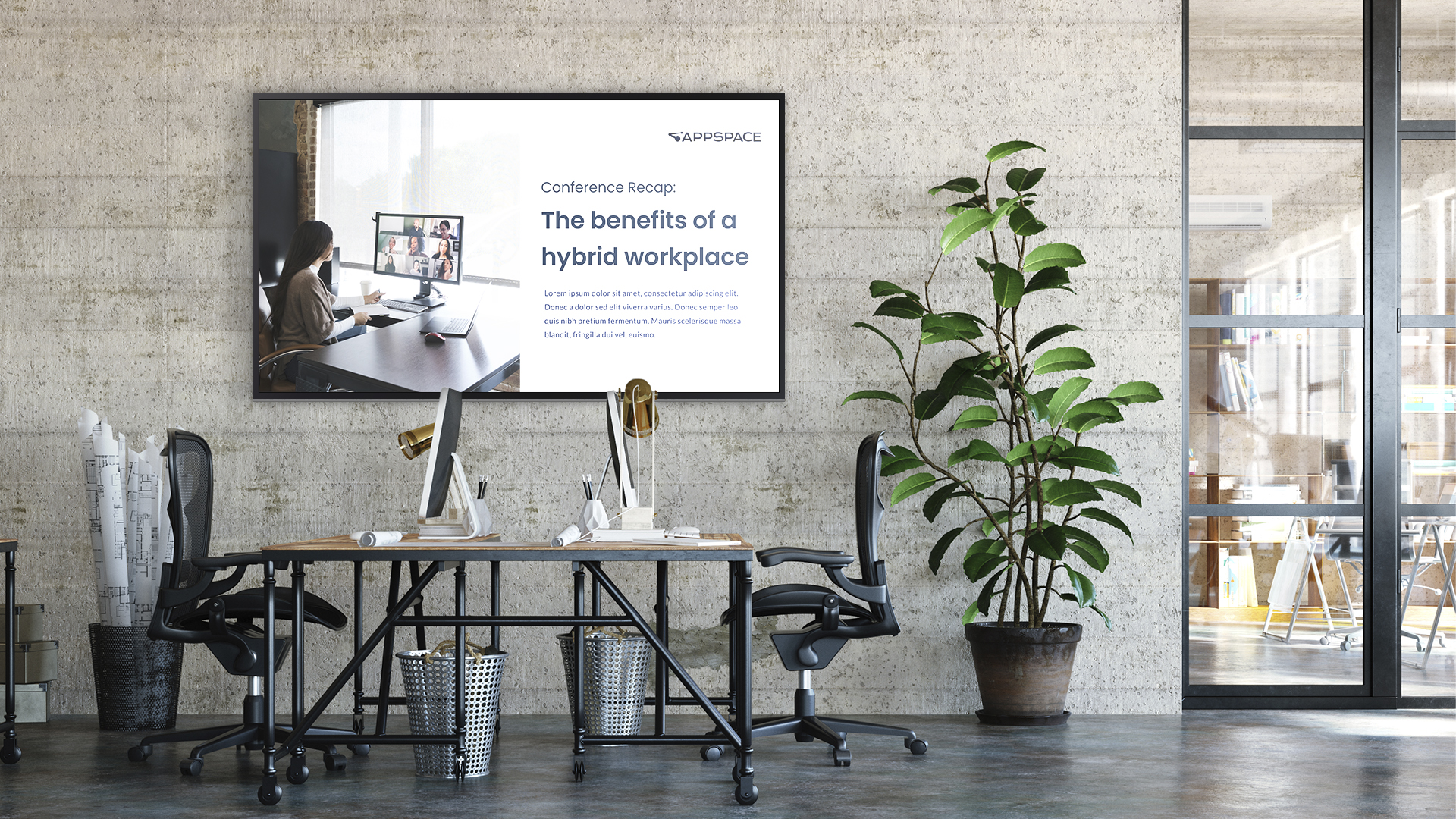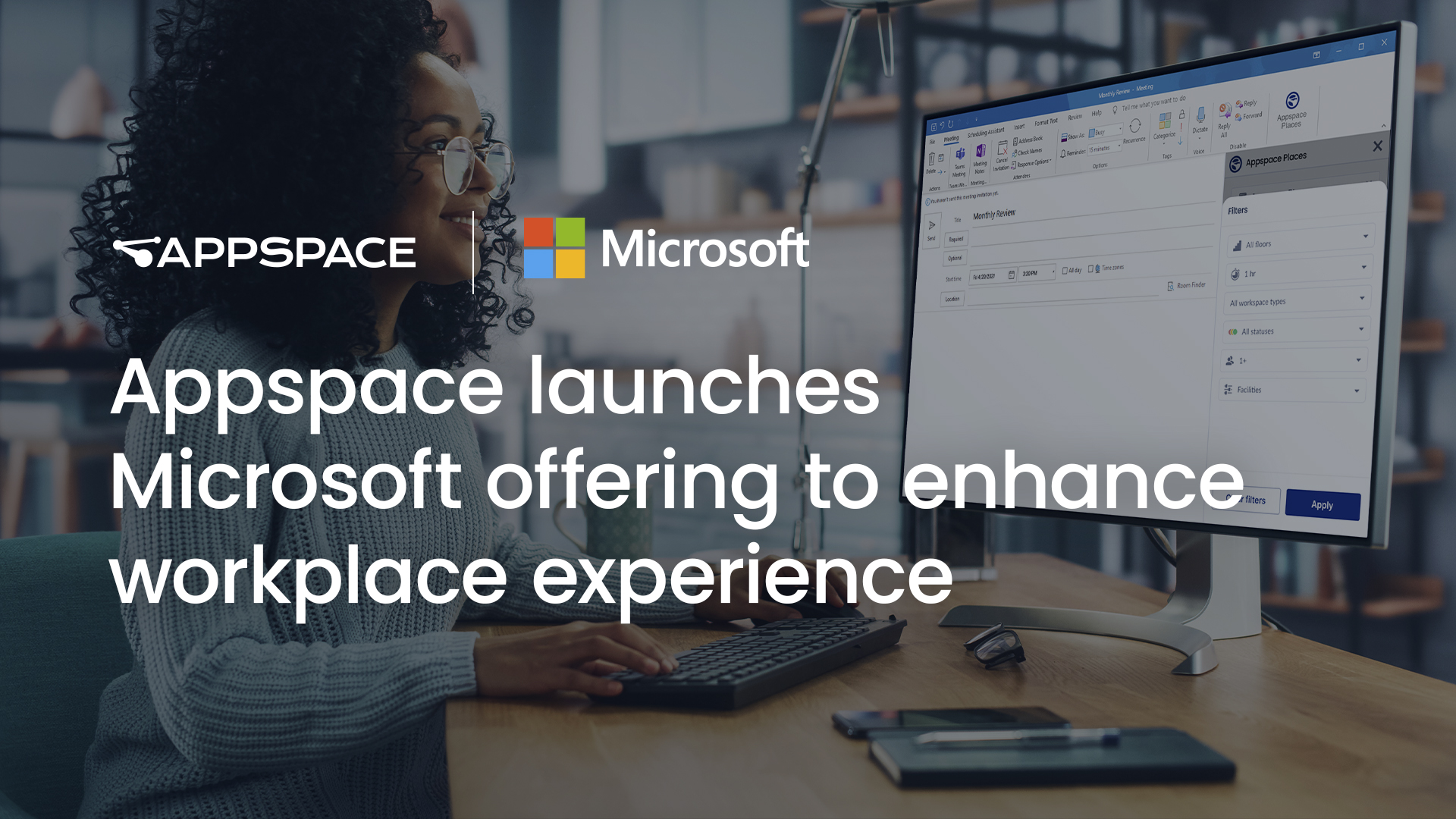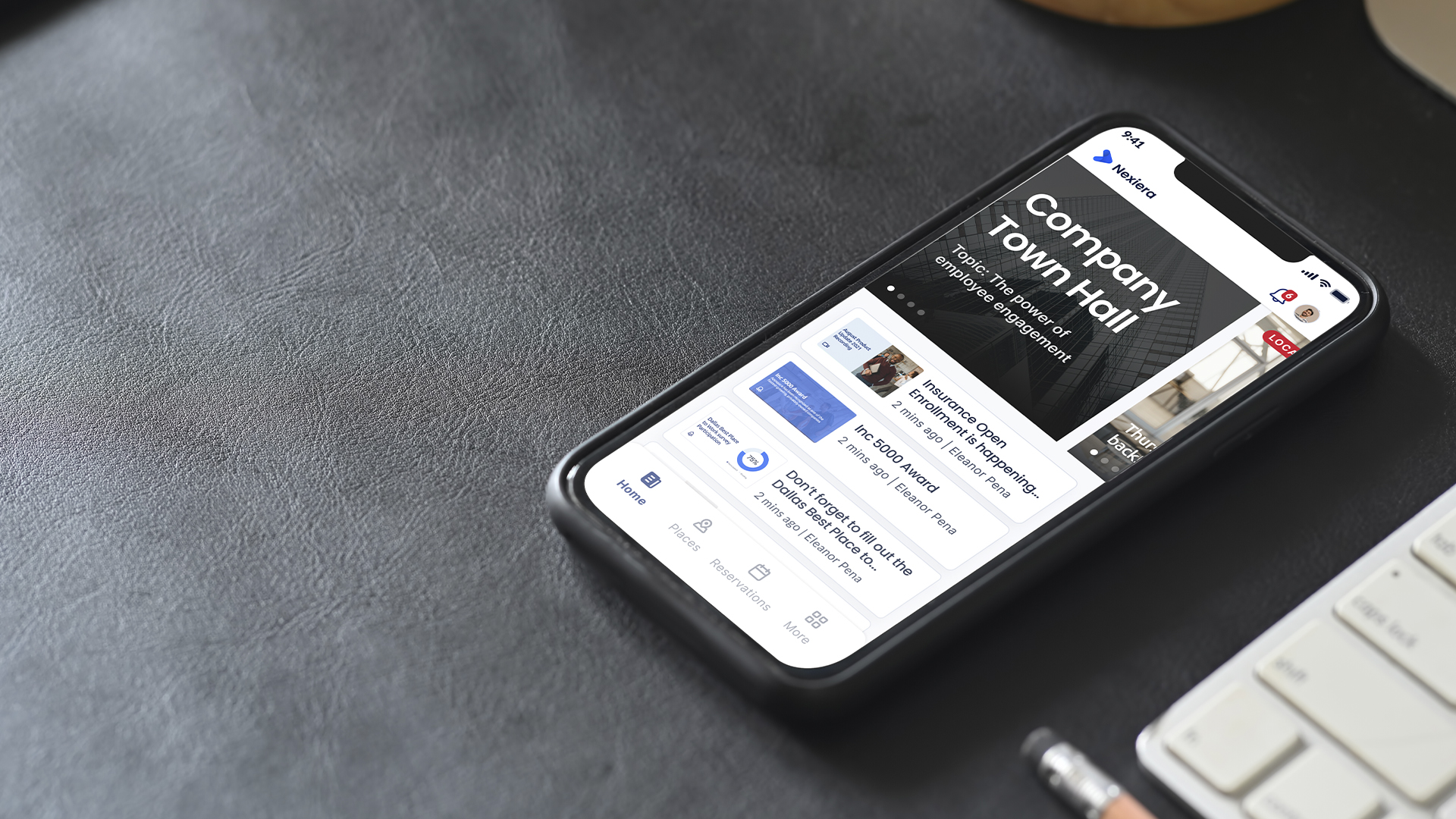The 72-hour rule states that unless you act on new learnings within 72 hours, you probably never will. It’s a rule that was highlighted by John McBride, Director, National Recruiting, Consentium Search LLC, during his Global NSC Safety Congress presentation.
McBride’s session, “Perception and Communication: The Keys to Leadership,” was on the last day of the annual NSC event, which was jam-packed with technical sessions meant to inspire safety heroes who have been through a rather challenging year (thanks to the pandemic).
But the 72-hour rule weighs heavily on even those safety professionals with the best of intentions. One has to wonder what key learnings gained throughout the event will drift into fuzzy memories simply because a few days have passed with no action taken. Unfortunately, this happens with all kinds of events and conferences.
True, it is difficult to forget the session, “Hang Up & Drive,” a personal story of tragedy told by Jacy Good about how her life was forever changed by a distracted driver. Jacy shared rather alarming findings about the distraction levels caused by cell phone conversations (even when using hands-free devices). This kind of information needs to be shared by safety professionals with everyone at their organizations, along with some of the passion that Jacy poured into her message.
But there’s that 72-hour rule again. Jacy’s presentation took place on the first day of the Global NSC Safety Congress technical sessions. Will any portion of her story trickle down in any way, shape, or form to workers back at the plant after a delay of several days? There needs to be a way to make sure.
Post-Event Knowledge Transfer is Crucial
When companies approve personnel to attend a conference, a trade show, or even a webinar, they’re making an investment. They’re spending real dollars in the form of registration fees and travel expenses (when it’s an in-person event), and this doesn’t even take into account the time away from work. The assumption is that key learnings don’t just stay closed up in the heads of the individuals who attend. The real value is how that knowledge is summarized and then transferred throughout their organizations, giving a lift to everyone from frontline workers to executive teams. It can happen but often doesn’t simply because of the 72-hour rule. So what’s the answer?
A Key Learnings Accountability Plan
Successful companies empower employees to share key learnings with timeliness and passion. They establish a pathway of accountability. This is done by creating an easy way to communicate across an organization. They then combine that opportunity with an expectation that the communication venue will be utilized in a given timeframe to share information following a trade show, a conference—even a sales meeting. One proven way to replicate their success is through workplace digital signage, an employee app, and integrations with enterprise-wide messaging tools. These communication tools help convey short summaries rather well, especially given their ability to incorporate visual messaging. It’s also a way to reach everyone across an organization without relying on text-heavy emails both in physical spaces and at home or on-the-go. Want to get this started at your organization? Here are a few tips:
- Announce schedules: Which learning or event opportunities are coming up and who will attend? This published information sets the stage for accountability. Coworkers of event participants will naturally start asking about the details after the event concludes. Encouraging this form of communication and curiosity is crucial for creating a culture of openness and transparency.
- Create a path of least resistance: A good communication platform and will come with a template system that can be branded for particular messaging campaigns regardless of where the content is being displayed whether on a digital signage screen or on a mobile phone. When employees get back to work after their event, they’ll be able to follow a template that can guide them through their key learnings summary in a snap. With the right platform, these templates will also be easy to update in one place and disseminate across multiple tools for maximum employee reach. The same content that you post on a screen should look just as good as the content posted about the same topic in an employee app or shared using an enterprise messaging system.
- Encourage personalization: Templates should have a place for a visual, which could be as simple as the employee’s photo. A templated area for a quote about “What I enjoyed the most” can help ramp up engagement. Content that is personalized turns heads… and has the potential of giving the participant a lot of positive feedback. When it comes down to it, we like learning about our coworkers and being in the loop.
- Keep the ball rolling: Executives and managers can use the same venues, like in-office digital signage and enterprise messaging app integration, to encourage others to explore learning opportunities, but with the implied expectations that their key learnings will also be shared. There can also be regular follow-up postings about how a key learning was actually implemented and how it’s having a positive effect upon the organization.
What amazing events and learning opportunities will employees at your organization encounter throughout the rest of the year? It’s time to maximize your investment and make sure that all of the benefits trickle down throughout the rest of your organization — which includes investing in a communications platform that will allow you to extend your reach beyond the office. Learn more about how to beat the 72-hour rule with Appspace here. The clock’s ticking.




